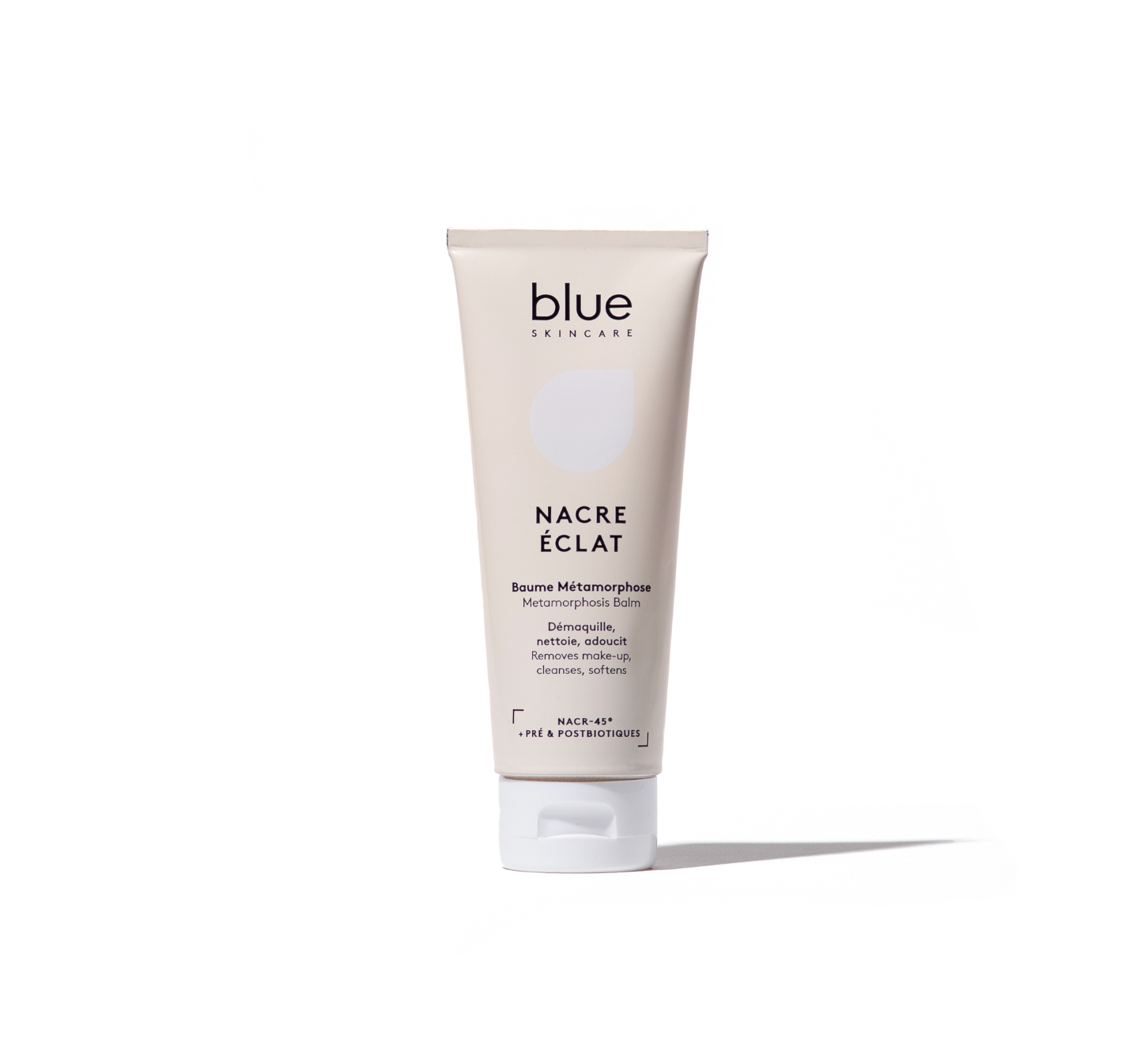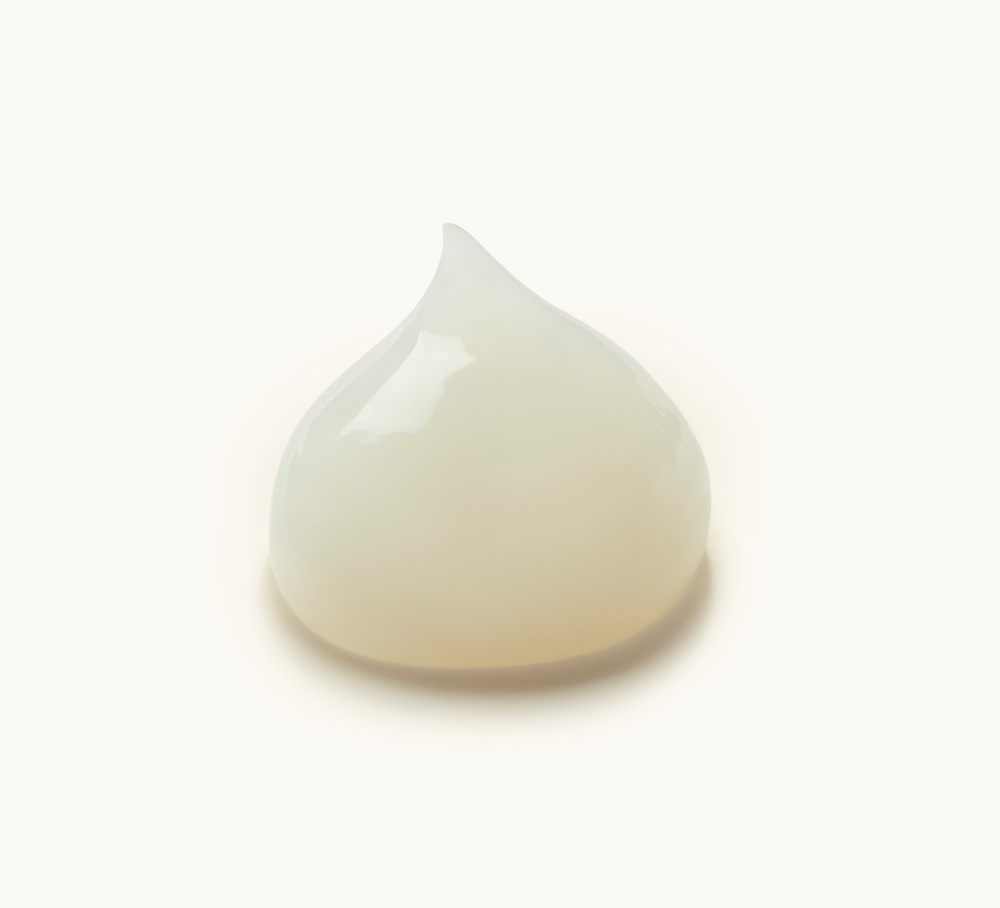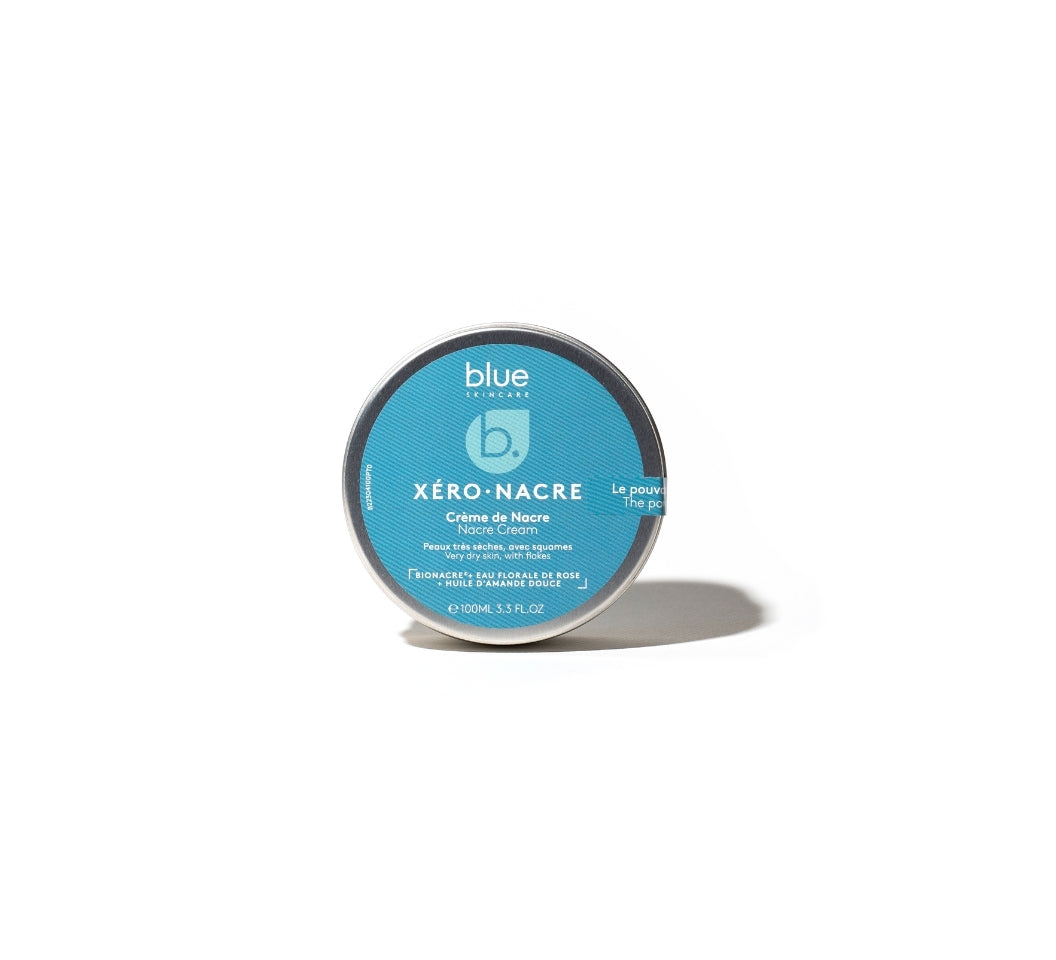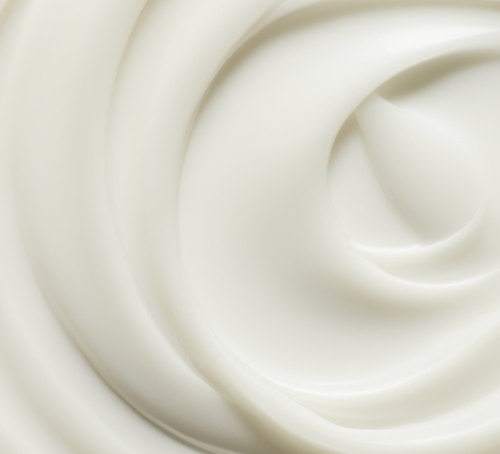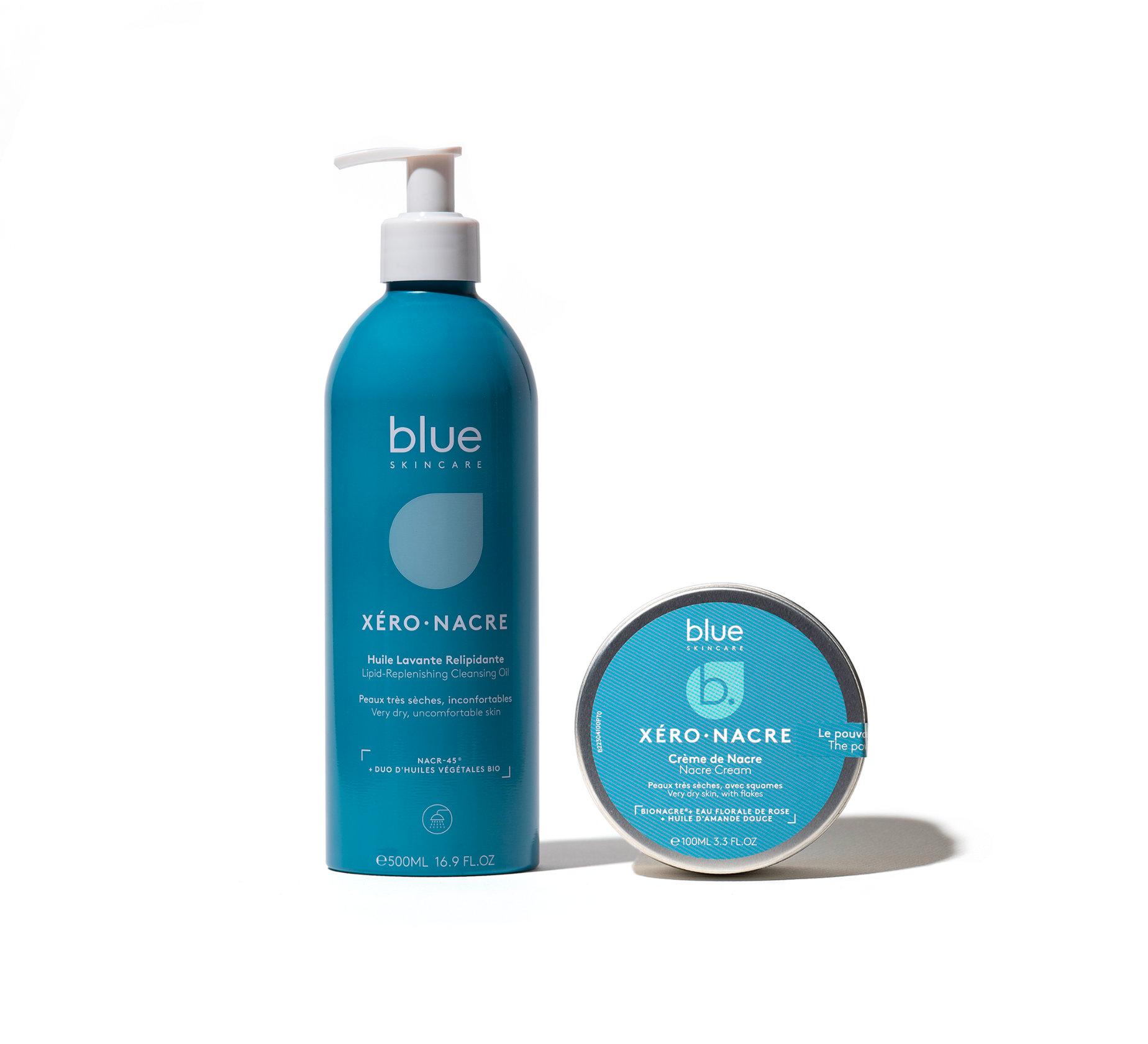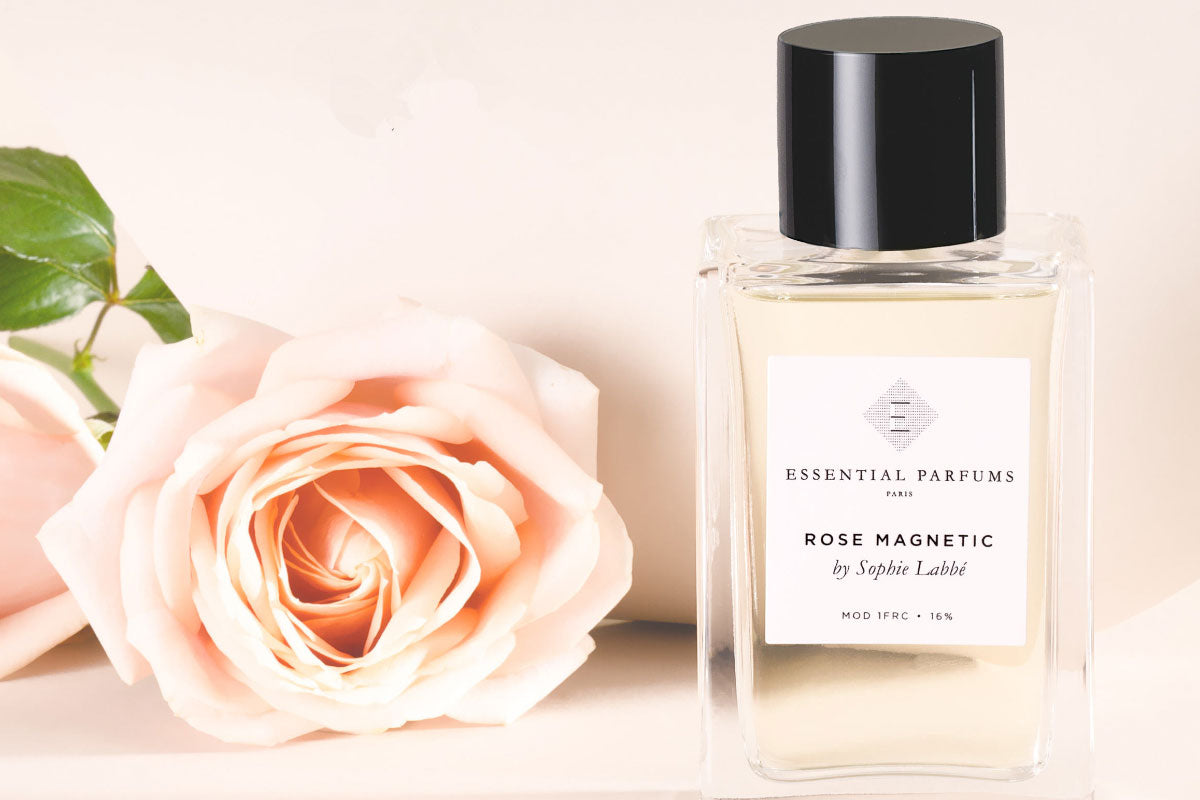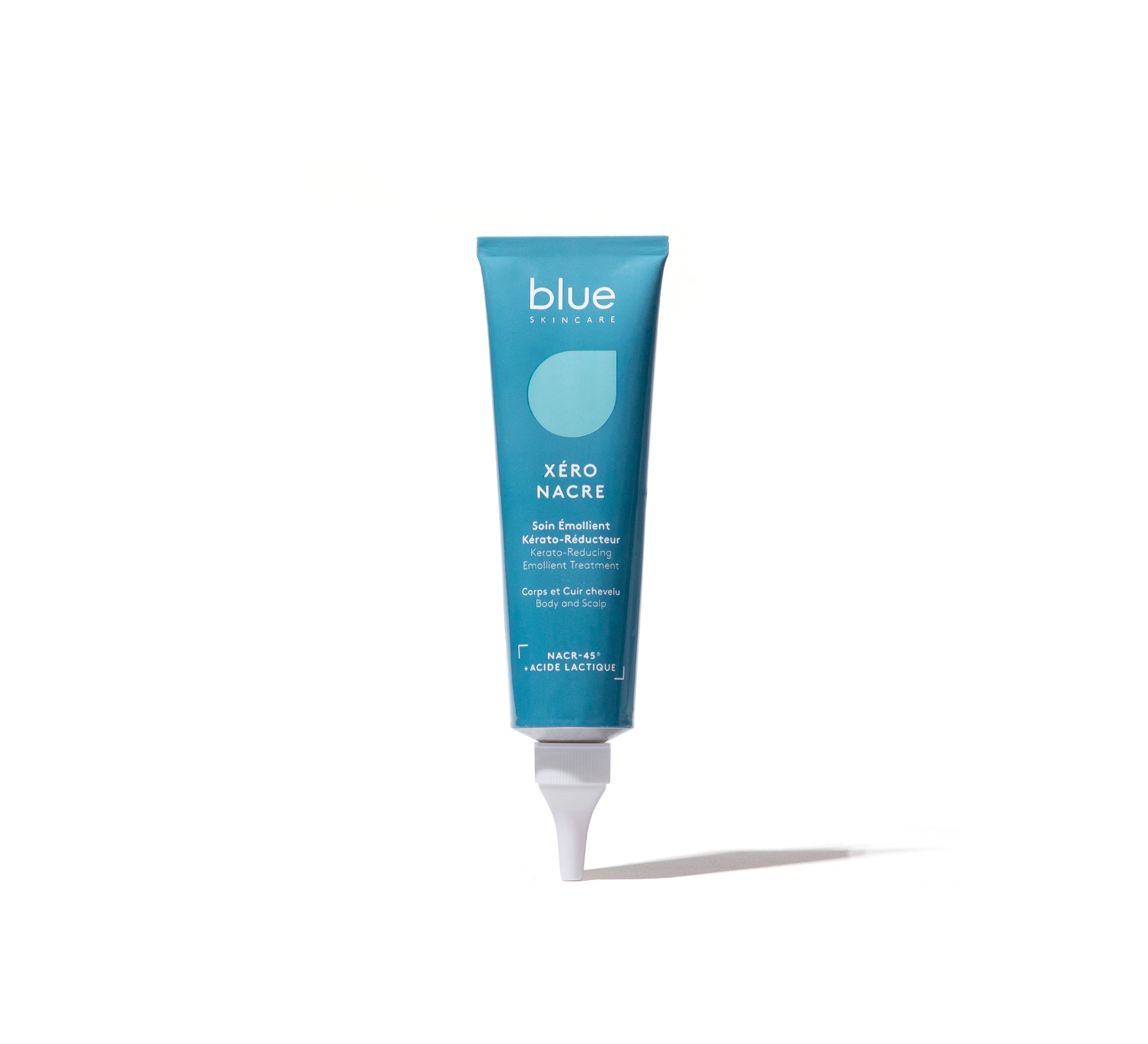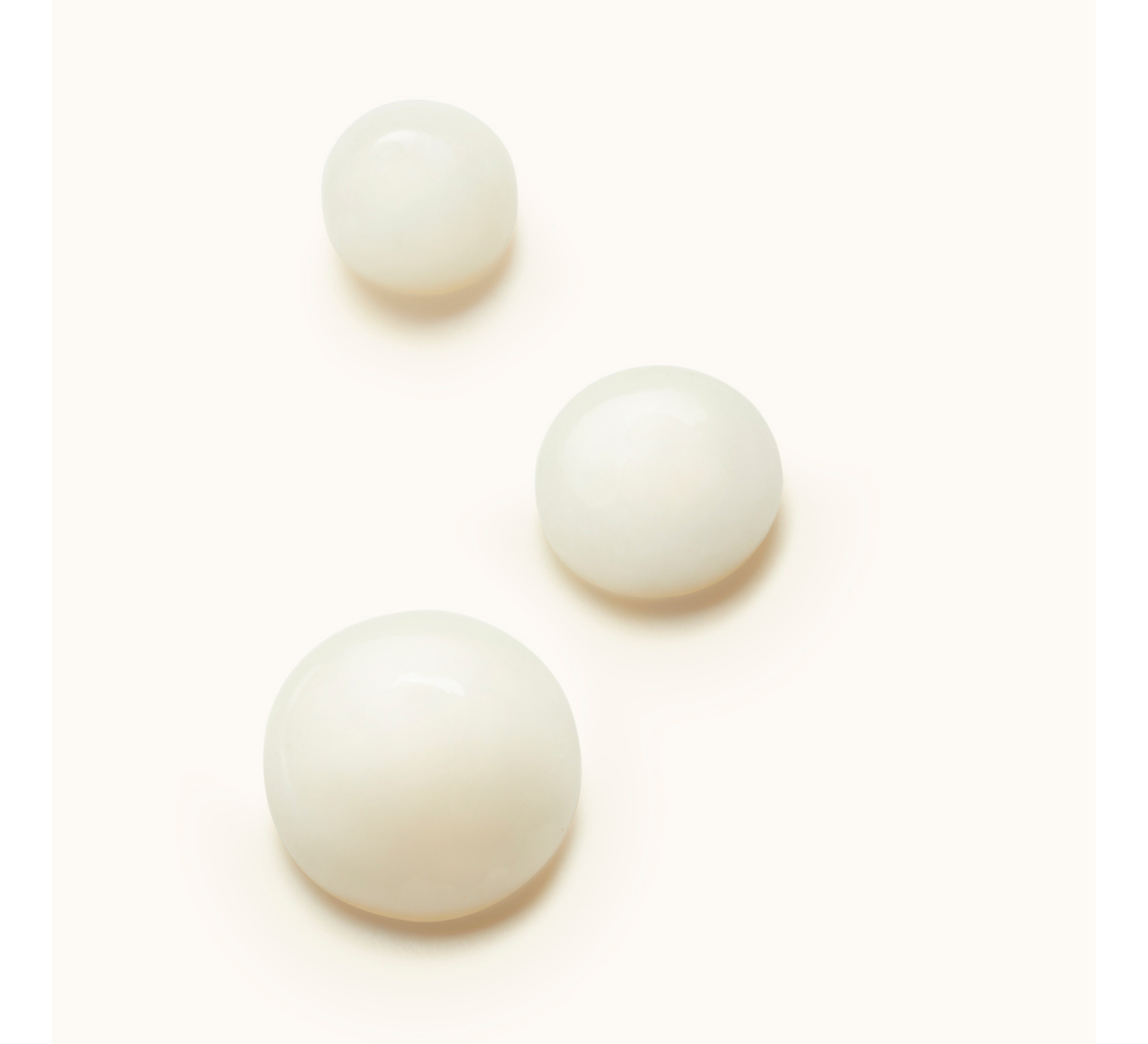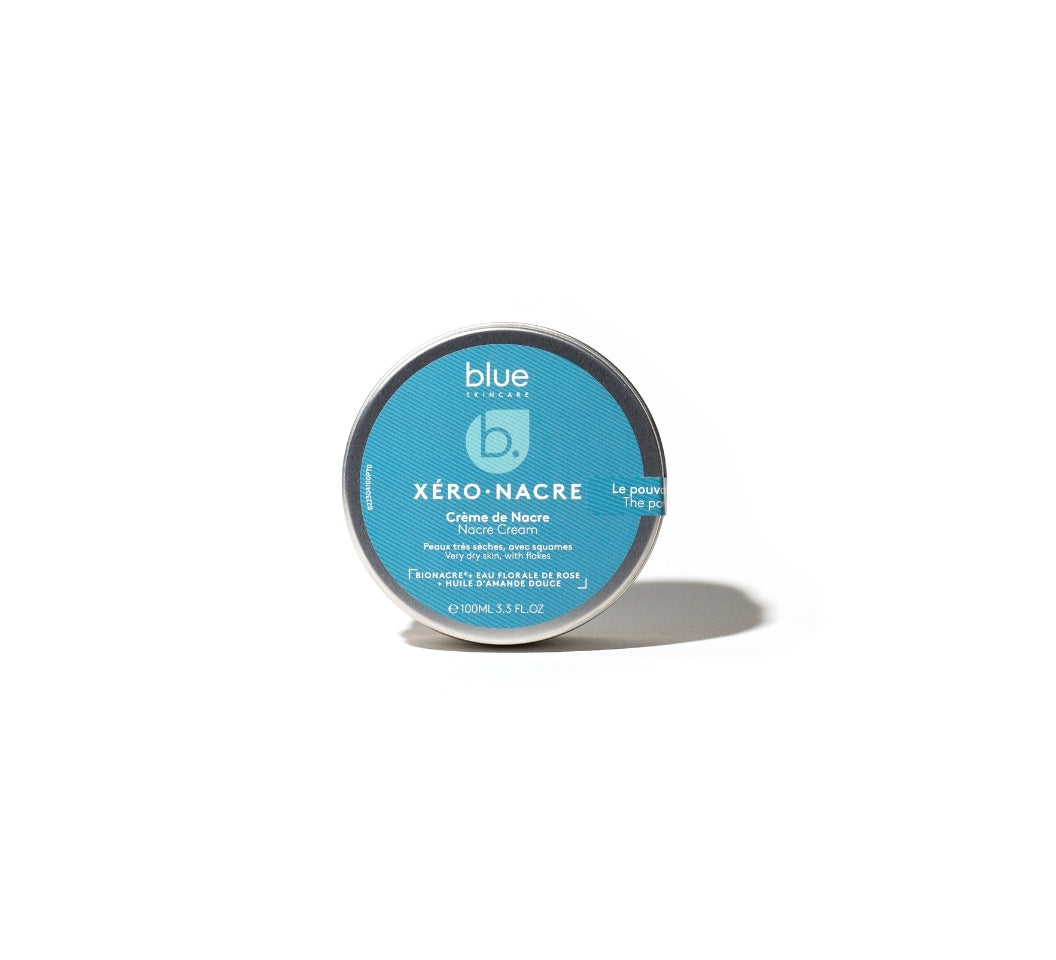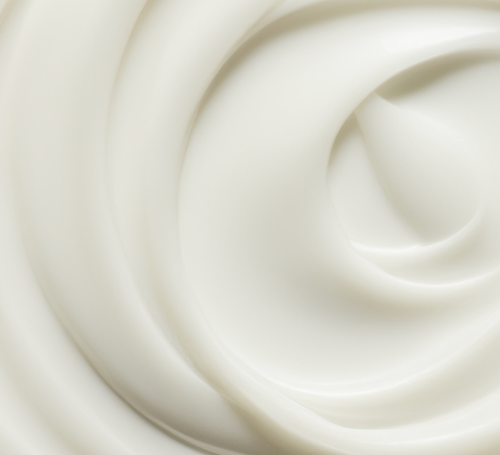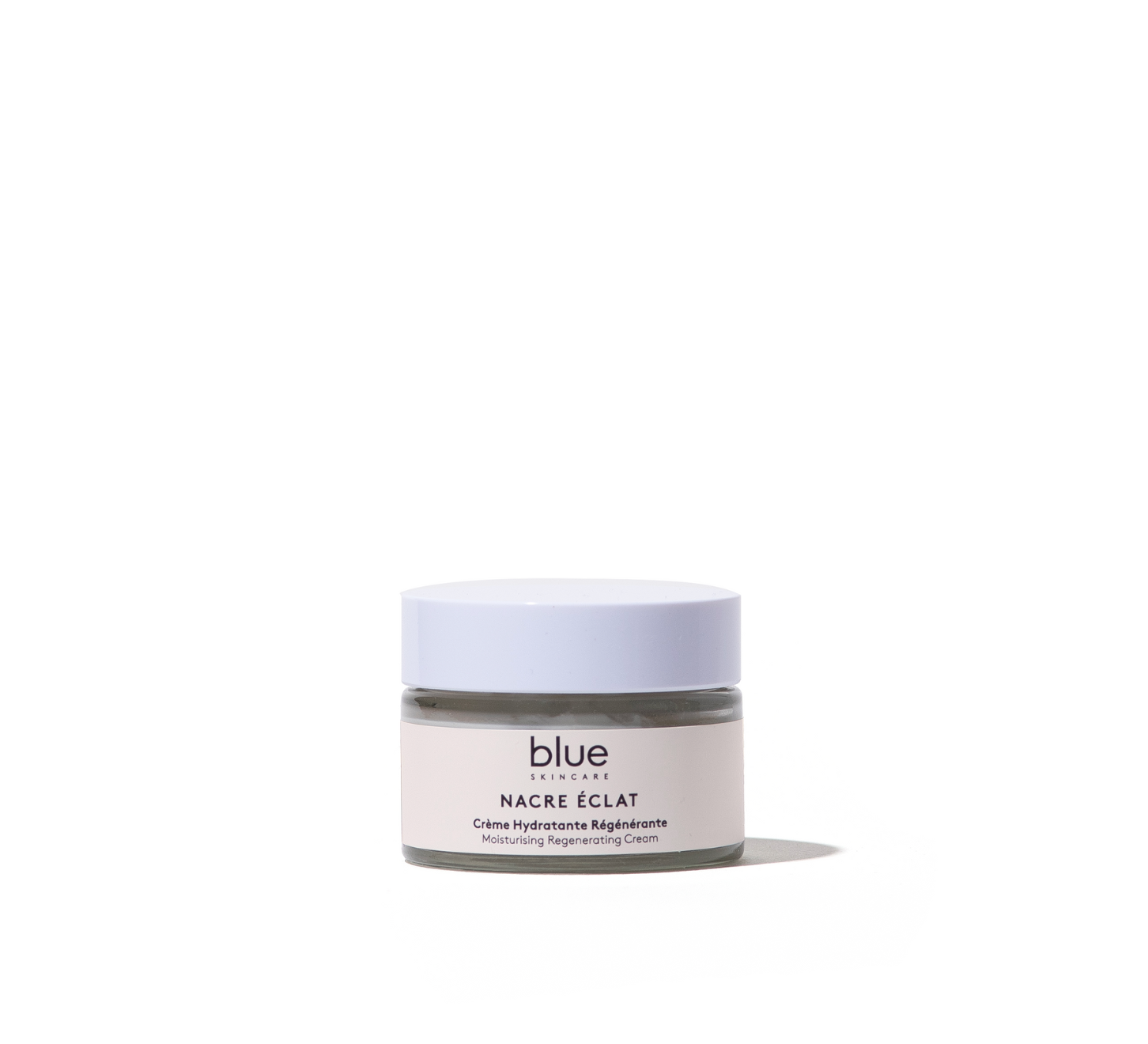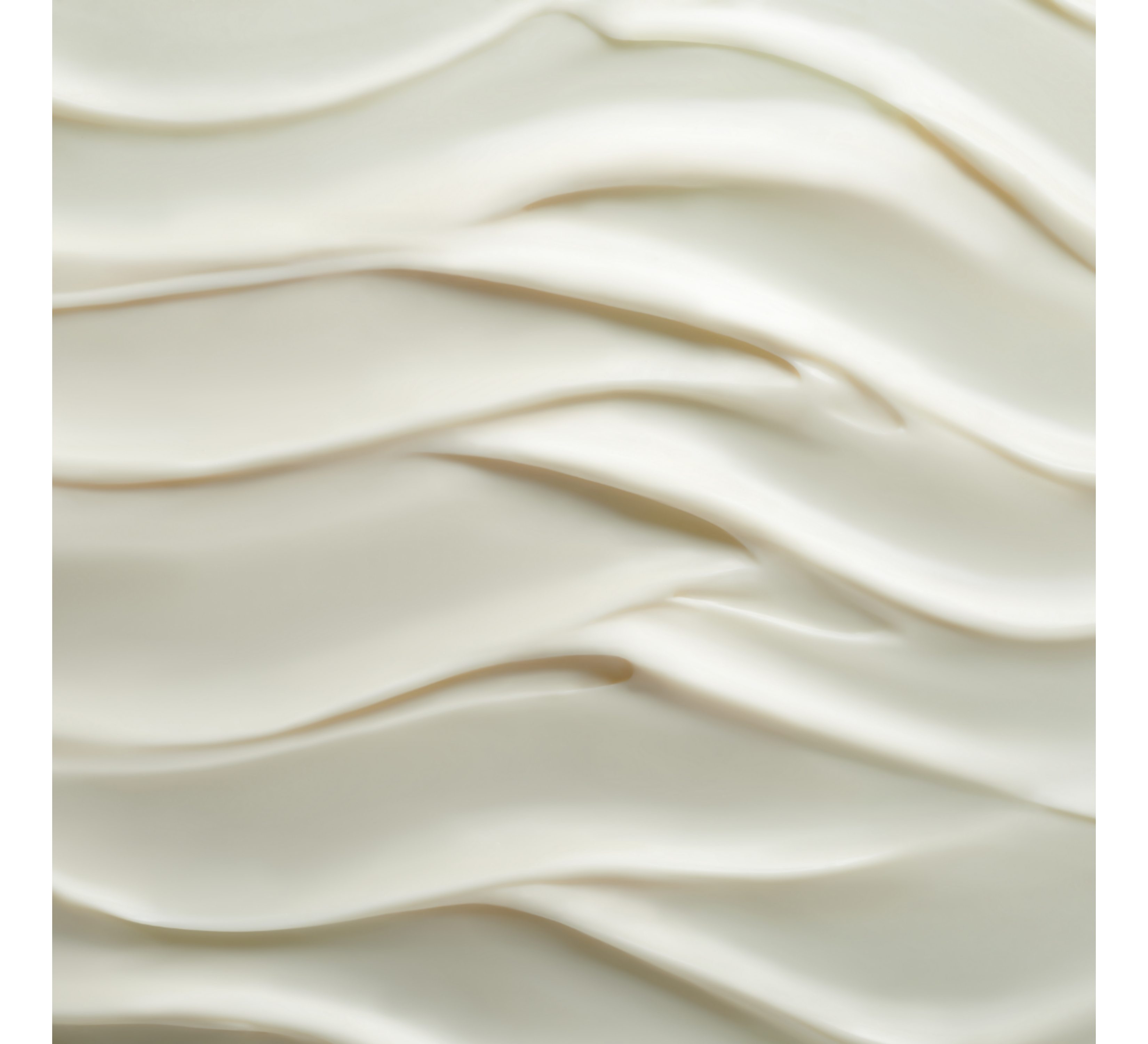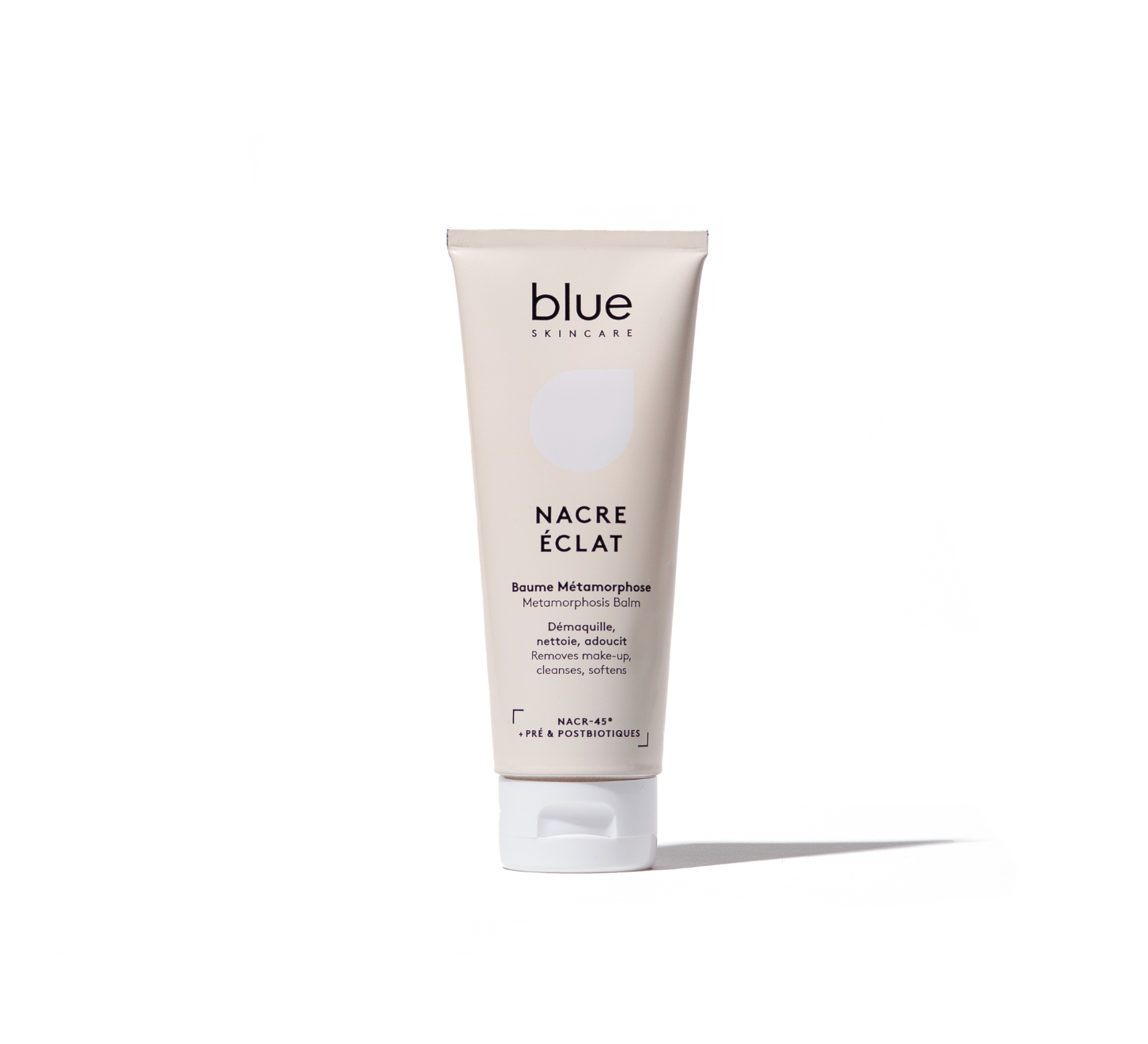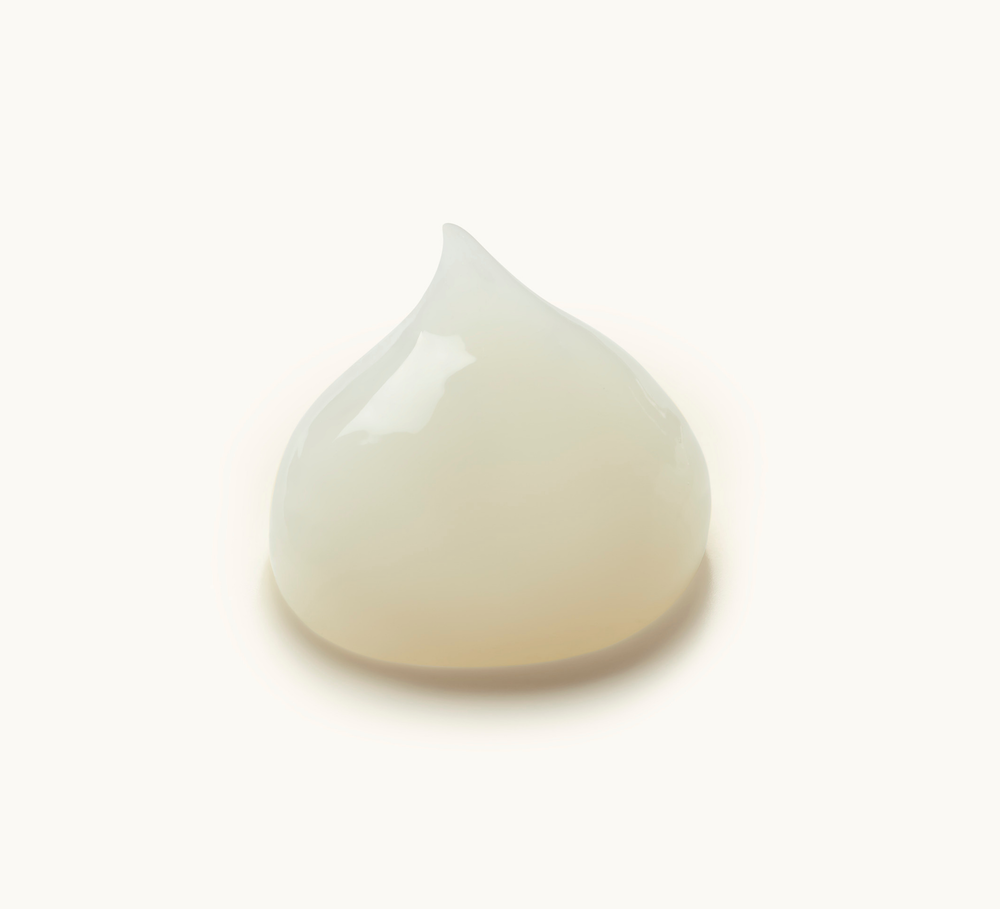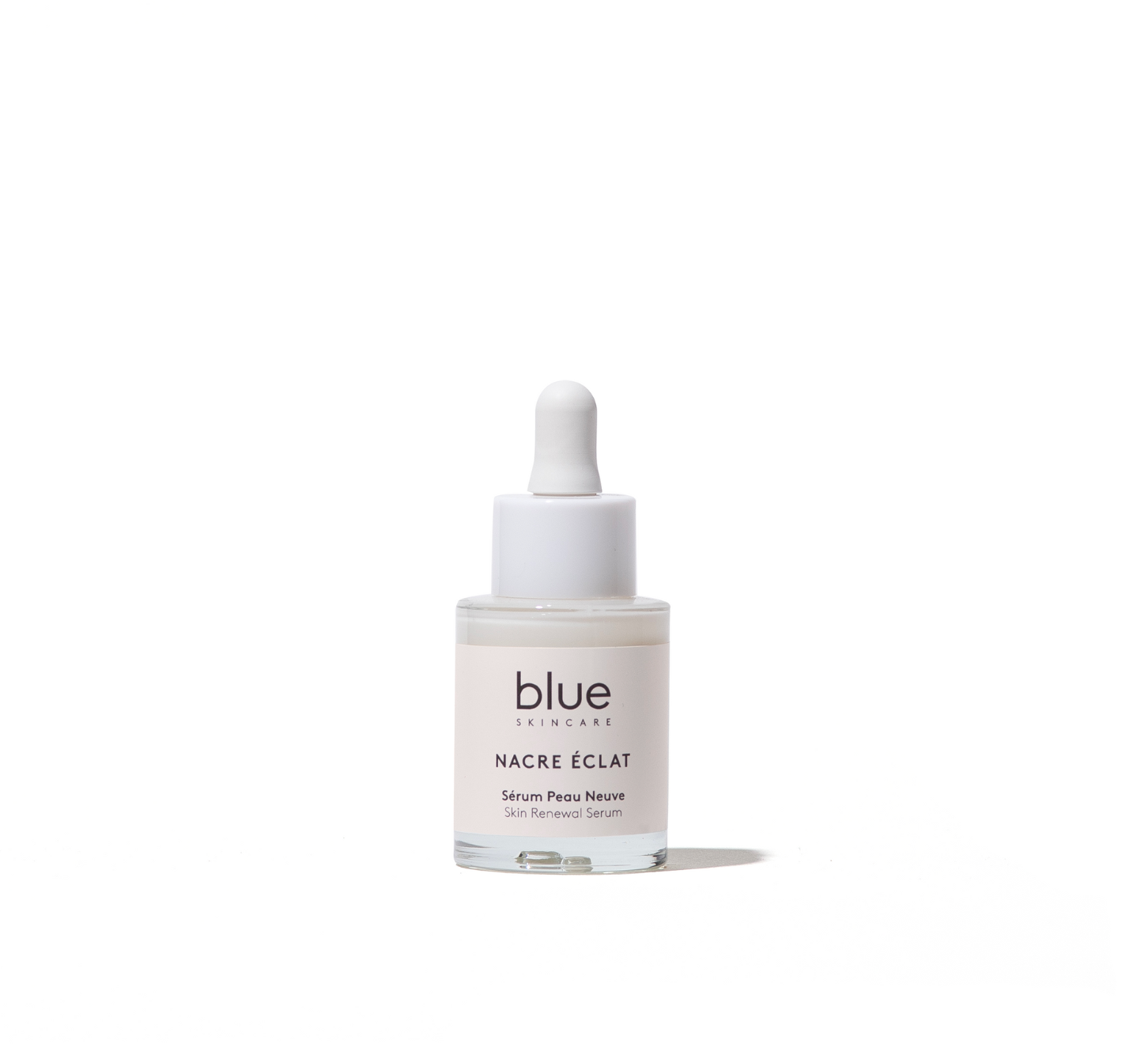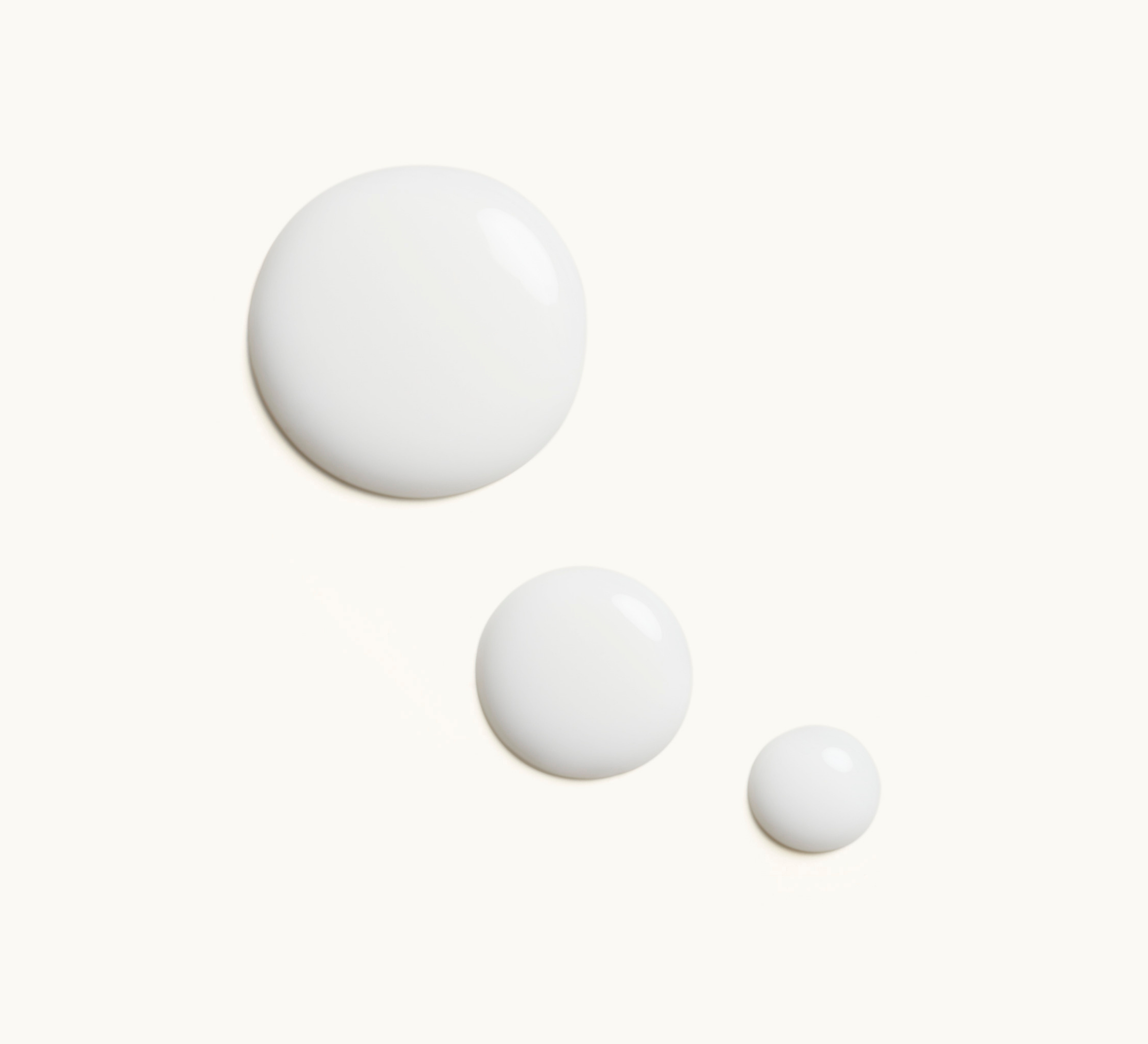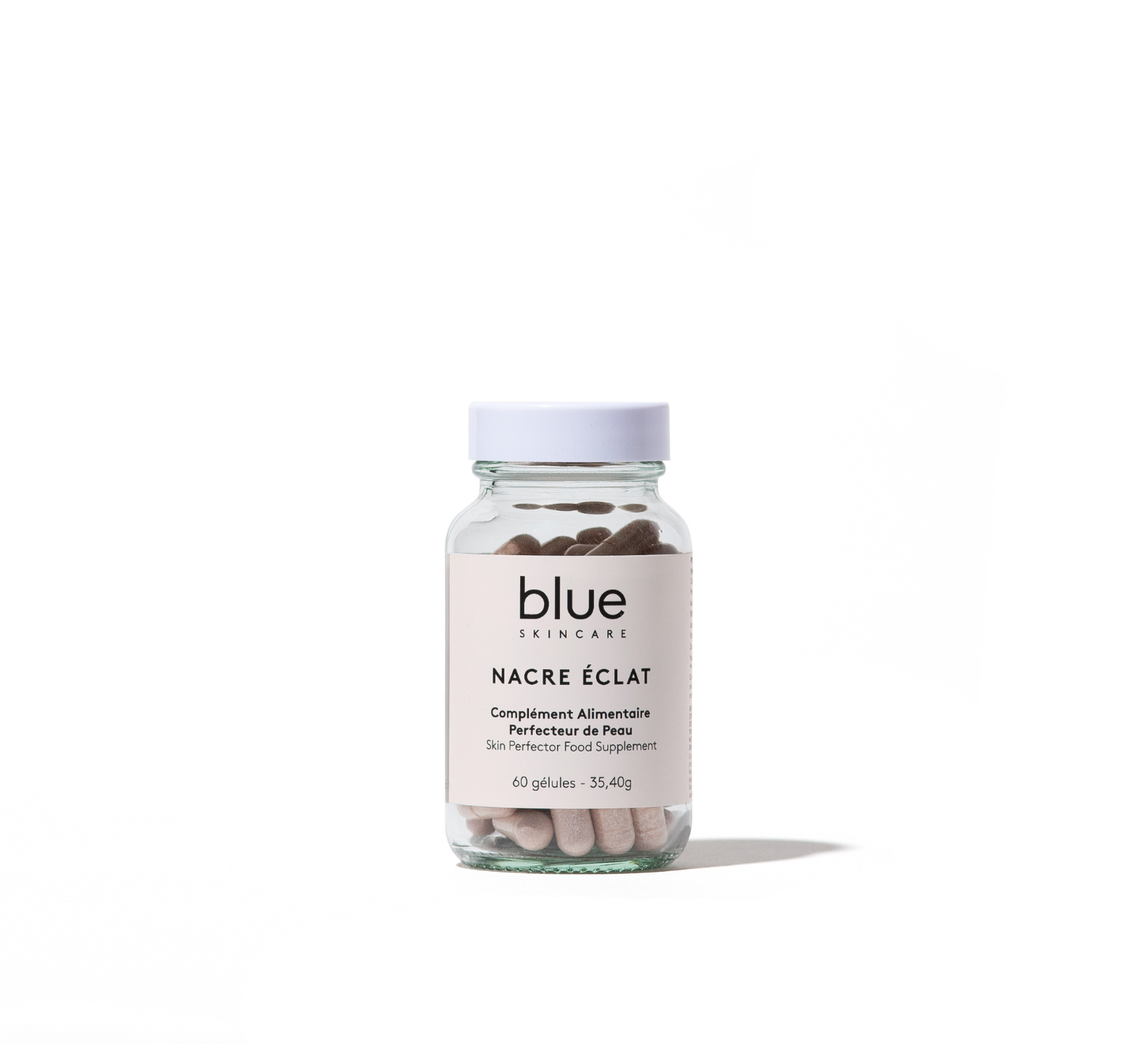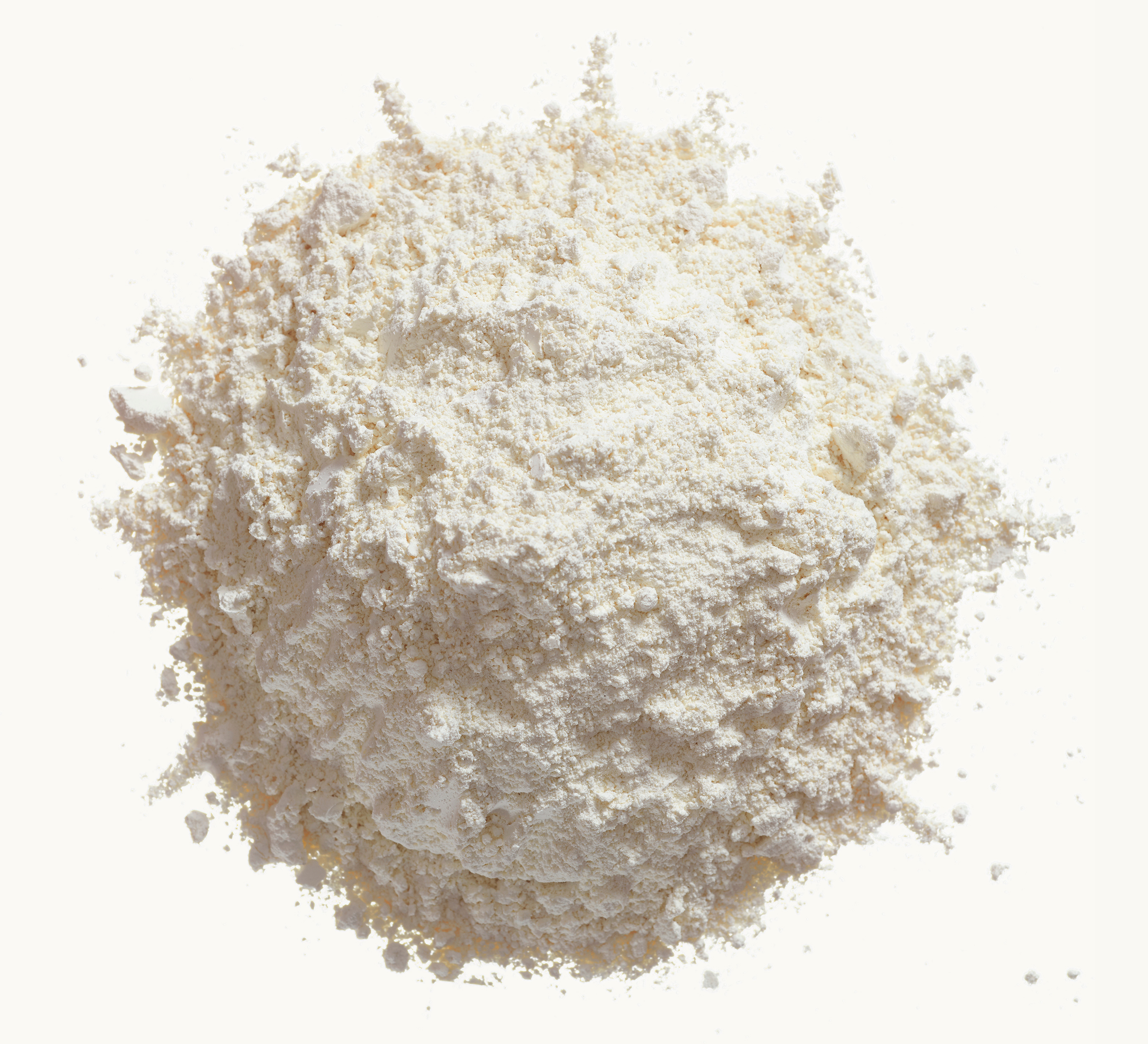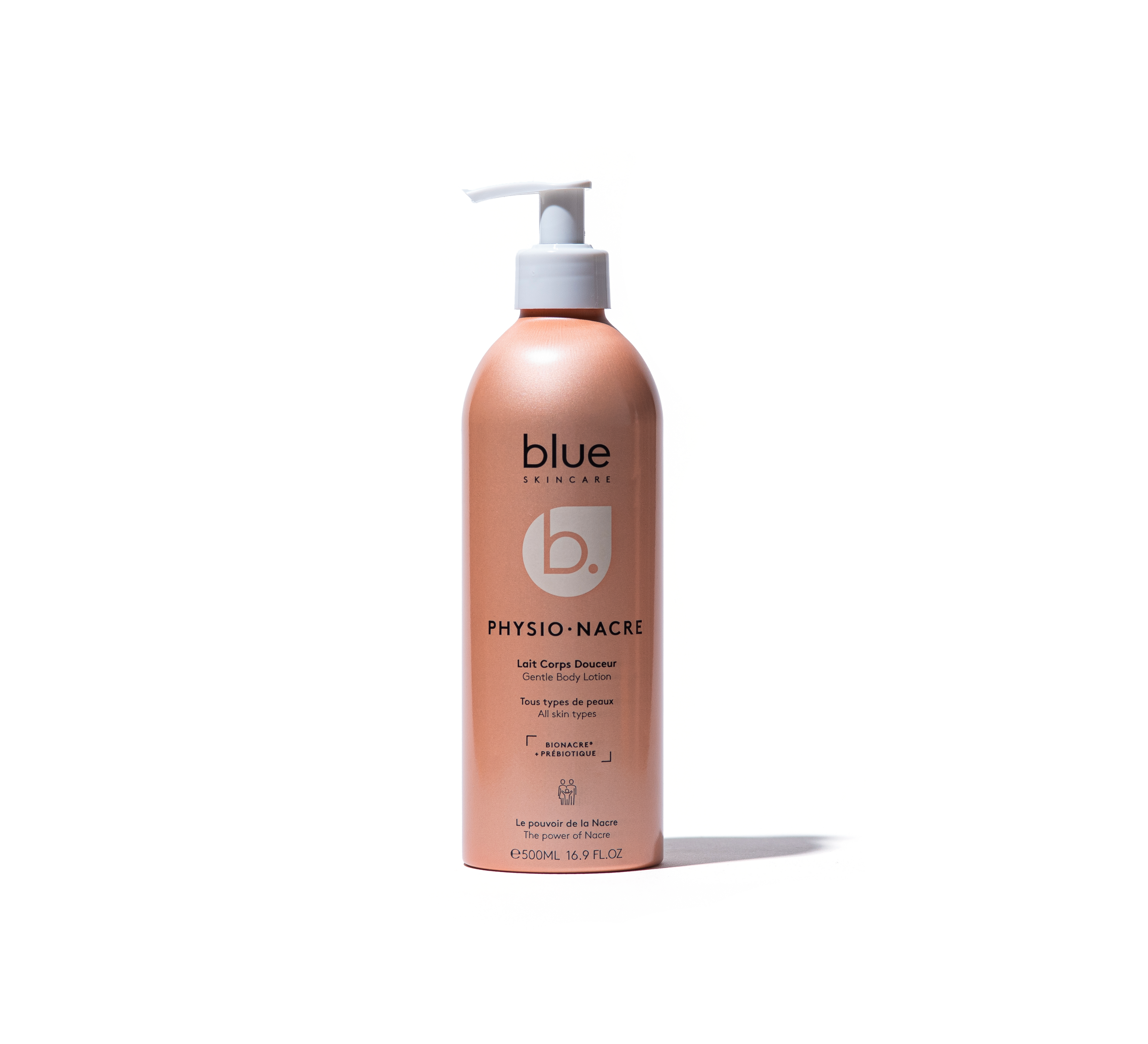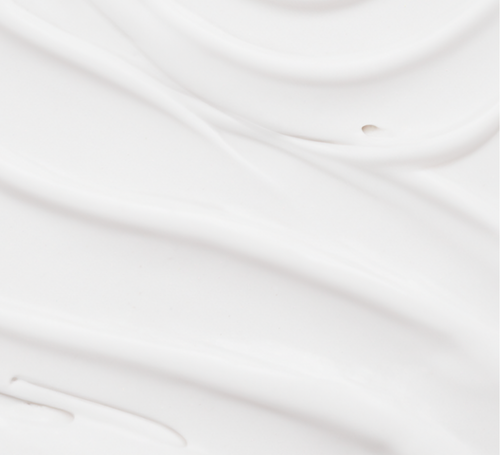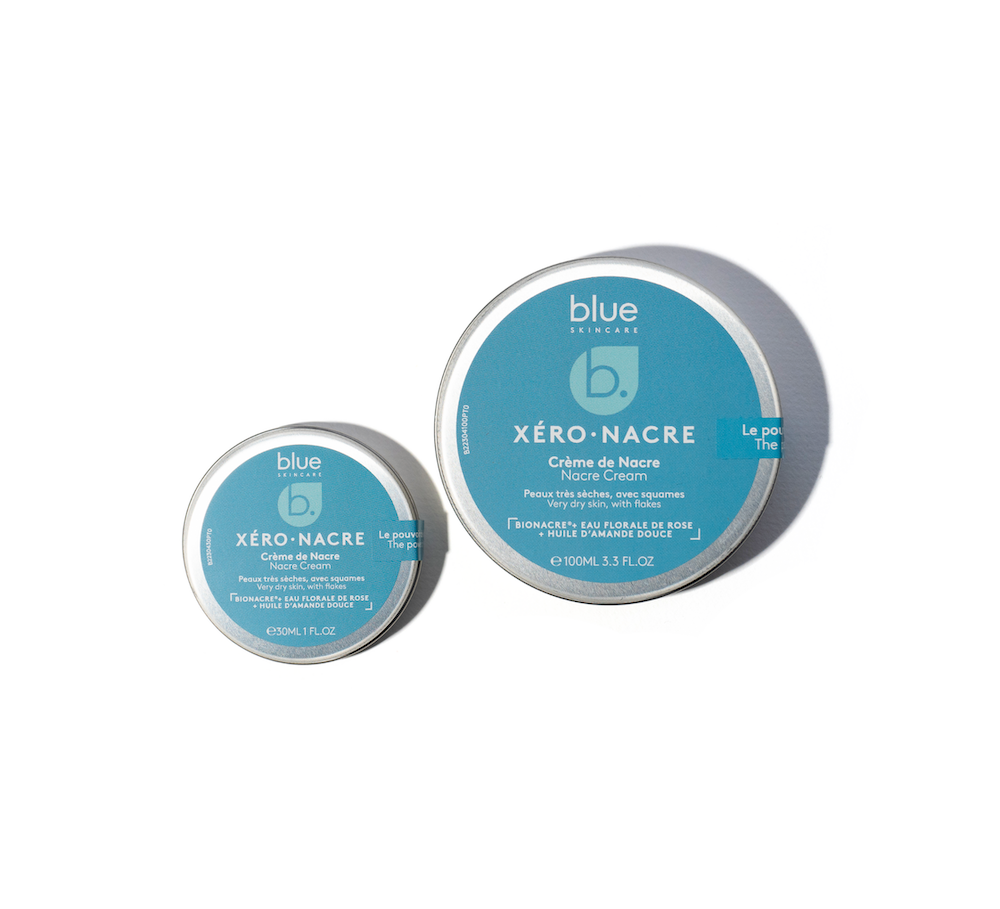The perfume industry, which is facing the ecological awareness of its customers, must begin a change, not to say a revolution. Indeed, the composition of a classic perfume is not at all clean, nor is the profusion of packaging that goes with it. The new generation of perfumery is on the move. But are these (new) perfumes really clean, with a truly minimal impact? Debate.
Why a clean perfume?
The perfume industry is based on seduction and luxury, the two historical levers of its marketing. Whether it is niche perfumes, truly high-end, or formulas that are found in mass distribution, with perfume it is only a question of one thing: seduction.
Hence the surplus of packaging , bottles and advertising campaigns, glamorous as you want but far from eco-friendly. How to make people dream with ecology? This is the thorny question that manufacturers have been asking themselves for years. Because it is clear that demand is changing and that while the majority of customers do not equate perfume with a polluting or resource-intensive product (due to a lack of knowledge of the ins and outs of its manufacture), some are aware of their purchases and are looking for products with a low impact on the planet , including perfumes. The big names in the sector know this but are struggling to initiate a potentially impossible change on iconic perfumes with well-established production processes. Which explains why the perfume revolution is mainly driven by new perfume houses, with innovative ideas, to produce Clean fragrances from the sourcing of flowers to the bottle, including the formulation.

Clean perfume, what definition?
As with any product, the notion of Clean implies much more than a desire to be eco-responsible.
The goal is to reduce the impact of perfume on the environment but also to ensure the ethical dimensions of production, respect for biodiversity knowing that the raw materials are largely derived from natural resources and that the bottles and packaging have a long lifespan. In addition, the requirement for quality and durability on the skin of a fragrance has a price.
Producers must arbitrate and make choices: an organic or natural formula? Refillable or recyclable bottles? A partially synthetic perfume - derived from petrochemicals - is perhaps less harmful to the planet since it does not require natural raw materials, so no need for flower or wood cultivation.
A question that is very complicated to answer as the production methods can differ so much: large-scale manufacturing, rare perfumes from exclusive harvests reserved for the big names in luxury...
Are conventional synthetic perfumes anti-ecological?

A conventional synthetic perfume is made of denatured alcohol with phthalate (suspected of being an endocrine disruptor ), a perfume concentrate that is wholly or partly synthetic, UV filters, preservatives and colorants.
In a classic perfume from a luxury brand, there are about 20% natural raw materials, the rest being ingredients from petrochemicals. These synthetic materials allow, among other things, to artificially reproduce the scents of nature at a very attractive cost. It is these olfactory notes, obtained in the laboratory, which have allowed the advent of modern perfumery, by offering perfumers an unprecedented range of notes, and increased ease of formulation, without ever being limited by the timing constraints linked to a harvest or the variation in quality of natural raw materials.
These synthetic molecules have allowed the creation of olfactory notes that are impossible to obtain with natural ingredients, such as marine notes, the invented scent of tulips , or the inimitable aldehydes at the heart of Chanel No. 5. Perfume production has thus become industrialized, sometimes leading to the overexploitation of resources cultivated far from France and the populations that produce them, but also to the use of animal substances. Because at the origin of a perfume formula, we find flowers and woods, or even animal materials that must first be produced before being exploited. From this point of view, synthetic notes have, for example, made it possible to save Tibetan chevrotin, which was used for the musk of its abdominal glands.
Synthetic perfume: controversial ingredients
Beyond the ecological aspect and the environmental impact of their production , the problem with conventional perfumes lies in their controversial ingredients, suspected of being endocrine disruptors such as phthalates and in particular diethyl phthalate (DEP) - used to fix the fragrance and make it last on the skin - or synthetic musks which are - as a bonus - not biodegradable: by ending up in waterways and then the seas, they could interfere with the reproductive system of fish. For their part, the dyes which allow the shades of juices to be varied and the UV filters which stabilize the formulas (which need to be protected from light) are very criticized.
This is also the case for BHA (Butylated hydroxyanisole) and BHT (Butylated hydroxytoluene), additives used as antioxidants to stabilize perfumes and extend their shelf life, which are not only suspected of being endocrine disruptors, but also allergenic. BHA is classified as a "possible carcinogen" by the International Agency for Research on Cancer (IARC). However, in order to preserve the industrial and commercial secrecy of the composition of juices, apart from the rare allergens that must be listed, the list of ingredients (INCI list) remains vague, on purpose, which prevents the consumer from knowing exactly what it contains, and therefore what they are applying to their skin.
The question of alcohol in perfume
Whether in organic, natural or conventional perfumes, alcohol is an essential medium to dilute the perfume concentrate, allowing the notes to settle and evolve on the skin. In addition, it is an excellent preservative that allows the fragrance not to turn. Depending on the dilution of the initial concentrate, in a perfume in liquid form (some can be solid or oily), alcohol can represent from 75% to 98% of the final product.
However, the alcohol used in conventional perfumery is ethanol, also called ethyl alcohol, denatured with chemicals. This ethanol, resulting from the fermentation or distillation of sugars, fruits or cereals, is the same alcohol as that found in alcoholic beverages. Problem: regardless of the country, spirits are taxed. Only alcohol intended for industrial use, for cleaning products, biofuels or cosmetics is exempt from tax.
So to ensure that this untaxed ethanol is not ultimately used to make drinks, the cosmetics industry must resort to "denaturing" it to make it unfit for consumption. This process involves adding denaturing products to change its taste and identify it: chemical substances such as glycol ethers, methanol or diethyl phthalate (DEP), which have harmful effects on health.
To avoid using these materials, a perfumer can denature alcohol with essential oils , it is more natural but more expensive! Similarly, not denaturing alcohol forces the perfumer to pay the tax amounting to approximately €17/litre. An increase that is difficult to absorb when the final product is composed of 90% alcohol. Houses that choose not to denature alcohol are turning to organic vegetable alcohol or relying on a European regulation that prohibits toxic denaturants in favour of ecological denaturants common between member states.
Organic perfume, the Eldorado?
An organic perfume is a perfume whose formula is 100% natural and does not contain any synthetic ingredients. The products are certified organic by labels such as Cosmos Organic which guarantee that the formulas are free of endocrine disruptors, colorants, preservatives such as parabens, mineral oils, phthalates and fixing agents, or raw materials of animal origin. Organic perfumes are mainly composed of isolates, plant essences, floral oils or essential oils. They are extracted using so-called gentle and material-friendly techniques, such as distillation or cold pressing, as for citrus fruits, steam for lavender, or even supercritical CO2 extraction, a solvent-free process that uses pressurized carbon dioxide, for vanilla.
To fix them, we also use plants, flowers like iris, benzoin absolute or other essential oils like patchouli or cedar. The carrier alcohol comes from organic plants – most often wheat – and denatured with essential oils, also organic.
But the organic formulation does not only have advantages:
- organic perfume has fewer olfactory notes than synthetic perfumery -500 notes compared to 5000-, the compositions are therefore limited and its hold on the skin is also reduced.
- In addition, these more expensive raw materials, more numerous in the formula, explain that the price of the perfume concentrate, at the heart of the formula, is up to 30 times more expensive than for a synthetic perfume! The price of the perfume in the end is high , even if it remains competitive because organic perfumes are generally free of advertising costs. Moreover, if they preserve the skin from controversial substances, the risks of allergies with organic perfumes exist, because of the essential oils.
- Finally, be careful, to have the organic label, some ingredients can be natural without being organic . For a perfume composed of 80 to 90% alcohol, it is enough that the latter is organic to reach the thresholds required by the labels and thus be stamped ORGANIC, while only the alcohol in the formula is.
Natural perfume: cleaner or less clean than organic?
Considered as an in-between, natural perfume does not meet precise specifications but rather the motivation of brands to offer a virtuous product.
Natural perfumes are generally very similar to organic perfumes. Free of problematic dyes, preservatives and UV filters, they claim to use natural ingredients, sometimes 100%, and organic wheat alcohol , for the most part.
These brands are generally also oriented towards local sourcing and a choice of French artisan producers to support the sector and the know-how of growers, harvesters and processors. Natural perfumes can also claim to have a "care" action, especially when they are in the form of perfumed oils. These perfumed oils do not use alcohol, which dries out the skin, because the latter is replaced by a first-pressed organic vegetable oil, which is nourishing and softening.
A perfume could therefore be natural and not organic, and benefit from a more eco-responsible and ecological approach than an organic perfume which, for example, would source its raw materials from very far away. For these perfumes without synthetic notes, everything depends on the sourcing which must be local, ethical and sustainable, and establish a balance between ethics and distance.
Indeed, the ingredients in natural perfumery come from far away and must travel to reach us, after a long chain of agriculture and extraction: vetiver from Haiti, vanilla from Madagascar, patchouli from Indonesia, etc. Finally, in the case of natural perfumes, the question of alcohol is interesting: on the label, a perfume containing 90% vegetable alcohol will be considered 90% natural, even with a potentially synthetic concentrate containing the famous fixatives, phthalates, etc. If we want a perfect guarantee of safety, then we will turn to organic.

Clean perfumes: ecological packaging
Beyond the problem of formulas, when we know that perfume is the most overpackaged product on the cosmetics market, we inevitably look at the packaging, but also at the bottle which is still too rarely refillable or recyclable. Even if the big brands are getting into it.
Natural or organic perfume brands put a lot of energy into developing recyclable packaging, a refillable bottle (or in white glass to be easily recyclable), and generally minimalist packaging, without instructions, in cardboard or recycled paper, unbleached, printed with vegetable inks and if possible artisanal, with an optimized carbon impact.
Some choose infinitely reusable bottles with a refill system, others offer to collect them, and some finally choose to produce scented oils in glass bottles and pipettes, sold in cotton pouches, instead of a rigid box. Of course, plastic is banned from the packaging and the cap replaced by a wooden version from French or eco-managed forests for example.
Finally, what is a truly Clean perfume?
A clean fragrance must tick all the boxes mentioned above and be part of an overall desire to have minimal impact on the environment.
While organic and 100% natural are unrivaled in terms of safety and biodegradability, their production is not necessarily more ecological than that of a synthetic perfume, particularly in terms of sourcing. Indeed, producing their ingredients consumes natural resources from harvests. But on the other hand, synthetic perfumes also use resources. The cleanest choice is then to favor local production, natural ingredients and brands that have traceability .
So-called natural products, at a low price, imply that production necessarily relies on a system that respects neither nature nor people, nor even both. Brands that offer a very natural formula but with a few synthetic ingredients to give the perfume some staying power can be a good compromise , if the rest of the commitments are kept.
Finally, is it better to use a synthetic vanilla flavor or to bring in natural vanilla from Madagascar? A difficult question to decide. It would be necessary to carry out a life cycle study for each product.
However, the small series production system, made in France, with refills using sustainable sources of ingredients that are as local as possible, and committed to associations supporting the planet or biodiversity , is the sign of a virtuous perfumery. And if for you, safety is the fundamental point of Clean beauty , then you will undoubtedly have to turn to a 100% natural or organic formula.
Clean perfume exists and organic perfume or natural perfume houses offer a real alternative to conventional perfumes. The fact remains that the latter, if they cannot change the formulas of their juices, can set about optimizing their production methods and packaging, so that the world of perfume is more eco-responsible. Good news: the perfume market is undergoing profound change, driven by consumers who are turning their backs on traditional perfumes and who are discovering natural or organic fragrances that are, today, more and more accomplished.
